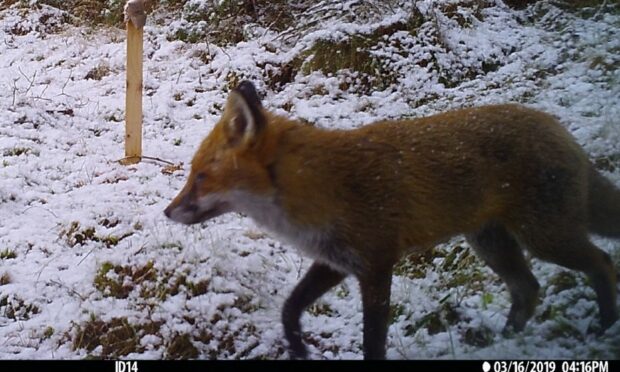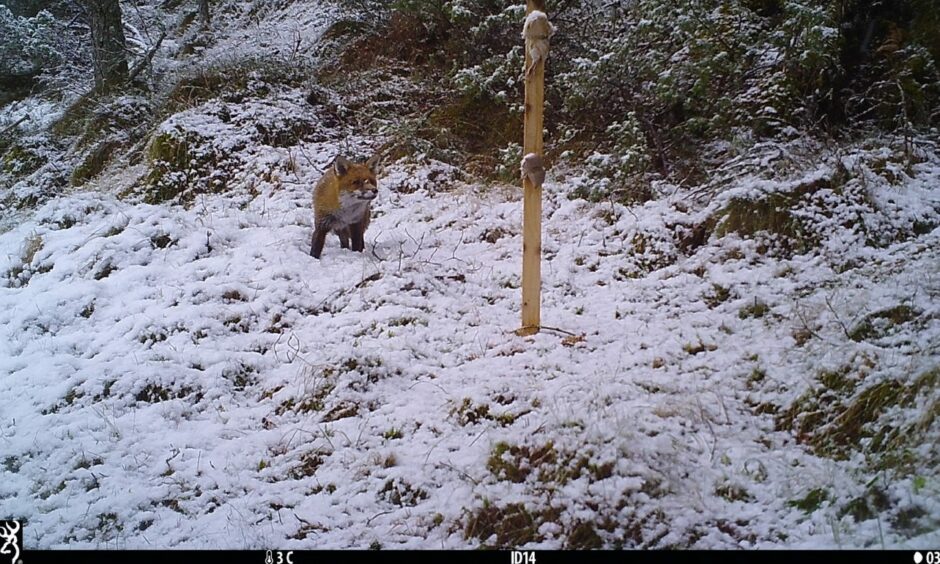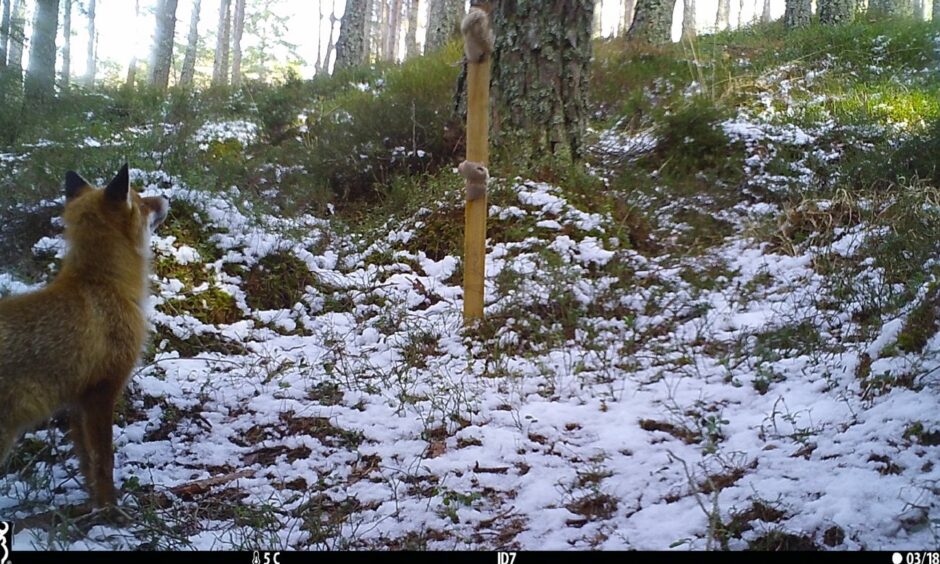Foxes are said to have a diverse diet and a new academic study based in the Cairngorms has done little to poo-poo that understanding.
The research has found what used to be a dog’s dinner could be a red fox’s next meal.
Scientists have discovered that dog faeces are a significant part of their diet. This is the first time academics have made the connection.
Study was based in Cairngorms National Park
It changes the understanding of how foxes living in the Cairngorm pine forests are affected by visits from people and their pets, as well as the risks of disease.
The study is a collaboration involving the University of Aberdeen’s School of Biological Sciences, the Laboratory of Alpine Ecology at University of Grenoble Alps, Forestry and Land Scotland and Cairngorms Connect.
Researchers looking at areas of the Cairngorms National Park found that dog faeces have a calorific content on par with the foxes’ wild prey.
But the food source is far easier to “hunt”, especially when wild prey is naturally scarce.
The Cairngorms study set out to characterise the diet of foxes and pine martens. They wanted to better understand how the two predators coexist despite very similar eating habits and their impacts on prey.
The researchers used a technique known as metabarcoding, based on DNA-based identification and rapid DNA sequencing. They found domestic dog DNA was the second most frequent species in fox stool samples (nearly 40%). It was virtually absent in pine marten samples.
The researchers concluded that dog faeces have become an important food source for foxes. It is something they fall back on in times of scarcity.
Cristian Navarrois, a PhD student from the University of Aberdeen’s School of Biological Sciences, is co-author of the study which appears in the journal Ecology and Evolution. His co-authors were Professor Xavier Lambin, Dr Catherine Hambly, Kenny Kortland, Dr Eric Coissac and Dr Pierre Taberlet.
An overlooked interaction
Cristian said: “The fact that foxes consume dog faeces in the amounts we have found is unprecedented.
“Rabbits and other related species are well-known to consume their own faeces.
“But consumption of the faeces of another species has seldom been documented. This likely represents an overlooked interaction among wild animals.
“This phenomenon would be undetectable through traditional diet study methods, but by using DNA-based techniques our study has revealed this interaction for the first time, leading to important questions about how human activities are affecting wildlife.”
Prof. Lambin added: “Just like how bird feeders in gardens benefit some species of birds while others are displaced, dog faeces may benefit foxes over their competitors or prey species.
“In addition, the availability of dog faeces and their consumption by wild animals creates risks of disease and parasite transmission, and of introducing new pathogens.
“This highlights the need for a holistic management approach, including the need for measures to help ensure the appropriate use of outdoor spaces by dog walkers, given the potential impacts.”
Are you interested in more exclusive and breaking Highland and Islands news from the P&J? If so, why not join our dedicated Facebook page HERE



Conversation